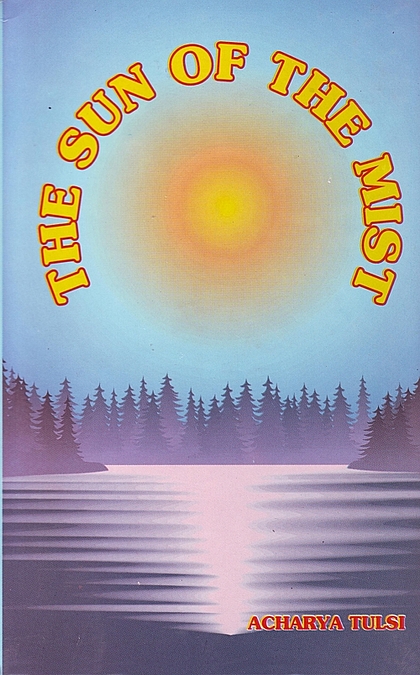In an article appearing in the Rajasthan Patrika and Nav Bharat Times, certain important questions have been raised in the context of the survival or destruction of old and have any special importance for the common man, but scientists and architects and engineers must have been alarmed by these, On the other hand we are faced with increasing natural dangers. Is it possible to establish some kind of equilibrium between them? The Soviet leader Gorbachev has given an assurance that he would order an enquiry into the durability of the old and the hollowness of the new houses. As far as an enquiry is concerned, it has become a part of the culture of this century. The prime issue is whether in the light of facts brought out by investigation, man would bring about a change in his living style.
In the current decade, a new countries, such as Russia, China, etc. it is said that the movement for a change in the whole world order is gaining momentum. Whether it is the organisation of the world or the government of a country, the individual in himself constitutes the fundamental basis of change. Unless there is a change in the individual’s mentality, his viewpoint, his way of living and in the values standards of society, the slogans of a radical change in the existing system mail leave behind a momentary impression of their echoes, but no lasting benefit can accrete therefrom, For an enduring and effective revolution, it is necessary to change not only the individual's but also his living style.
The main components of a living style are: eating and drinking, living, language, clothing’s, rites and customs, occupation, civilization, culture, etc. These do not necessarily relate to one individual, class, society or country. One meets with considerable differences in the food habits and ways of people living in the same state or country these are also influence religious beliefs Also the current of life changes with the passage of time. Houses once glimmering in the dim light of an earthen lamp today glitter in the dazzling light of none—tubes. Science and new technology have silently intruded into man s life. Standing on the staircase of progress, an individual faces today certain natural challenges which seem to call for a change in his living style. In order to advance on the level ground of life after undergoing many vicissitudes, man, poised on the chariot of modernity, will have to take stock of his past.
On 21 Feb. 1989, we shall be entering the Welfare Year. We have a remarkable programme of training and experimentation for this year. The uniqueness of it that such a programme was never formulated before. Secondly we have here a fusion of science and spirituality. That the year should commence, the training and practice be organised, as per programme and the work should be completed by the end of the year this alone is not our cherished aim. But if, on the completion of this year, some imprints are left which the dust of time cannot erase, the programme would be held to be meaningful and relevant.This aspect has not been ignored on the ideological level. One of our objectives is the development of a Jain living style. If, through it there occurs a qualitative change in the Jain community, and it is well established Jainism is nor merely a matter of reading speaking but of actual living,it would be surly a great achievement.
Keeping the view the essential elements required in the life of the Jains in the Morden age, a life style has been prescribed. The fundamental elements of such life style are nine-equality; calmness; labour; none—Violence; limitation of desire; purity in food and freedom from addictions; Anekanti worship of equanimity; and respect for all religions. Equality; peaceful coexistence; assiduousness; identification with others; control of increasing desires; refraining from wine, meat, gambling, stealing, etc.; toleration for people entertaining opposite views; the importance of wide—awake adoration; and harmonious relationship with followers of other religions-the Prescribed Jam life-style is a result of the synthesis of these nine objectives. This too is allied with training and practice. The first requirement is a theoretical understanding of these elements. It is intended during the welfare Year, to extensively treat each of these elements under the subject of human conduct in every-day living.
The Jain Agama speaks of two forms of education —theoretical and practical. Theoretical education is limited to an intellectual understanding of essential elements. Practical education shows how to the assimilate those elements in one’s life. There is nothing obscure about the elements prescribed in the Jain living-style; but they are certainly distinctive. l would like to see this life-style established first and foremost in the Terapanth community. Each and every individual of the community should appreciate this desire, independently grasp what is involved in it, and resolve to live a life in accordance with it. To begin with, some serious and valiant individuals, irrespective of number, should take up this campaign. With the gradual realization of its utility, more and more people would join it. After some time when the following lines of a poet look back, would naturally flow from following lips:
They set out alone on their Campaign, Co-travellers came and a caravan took shape.
 Acharya Tulsi
Acharya Tulsi
